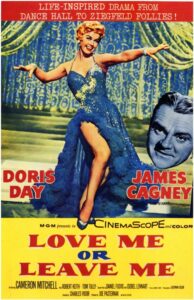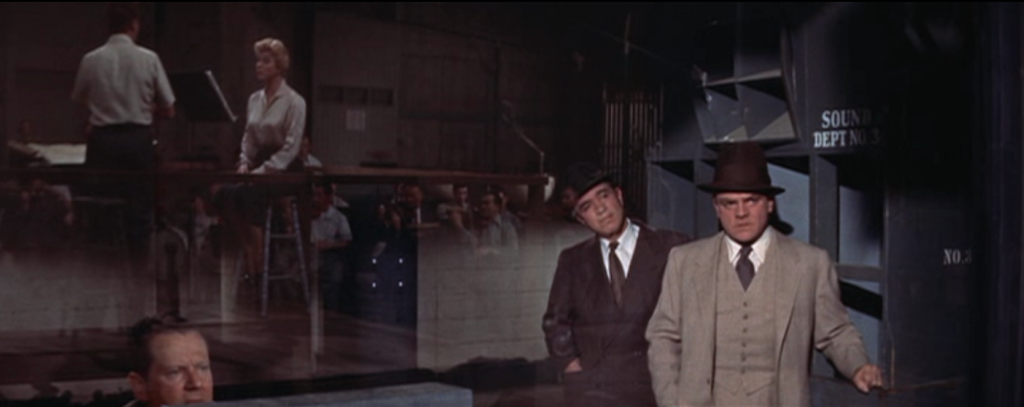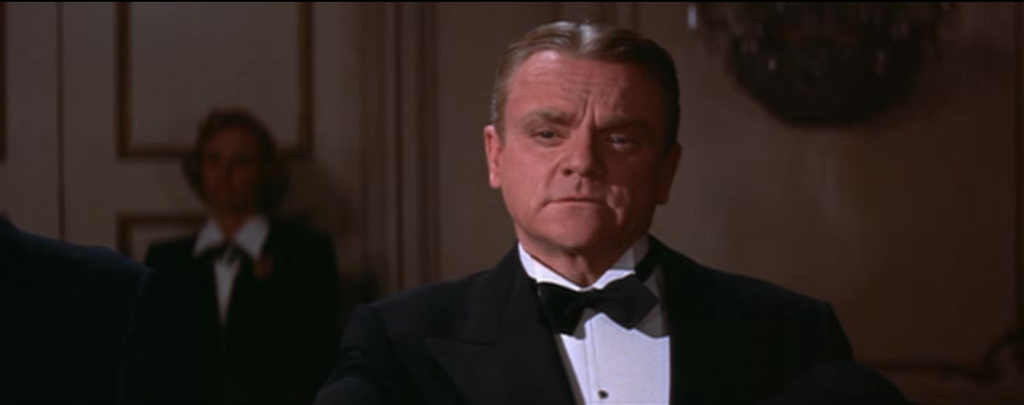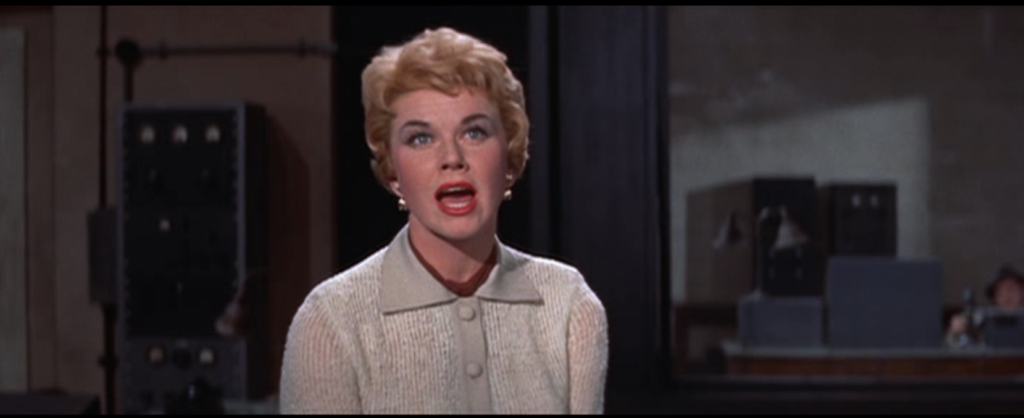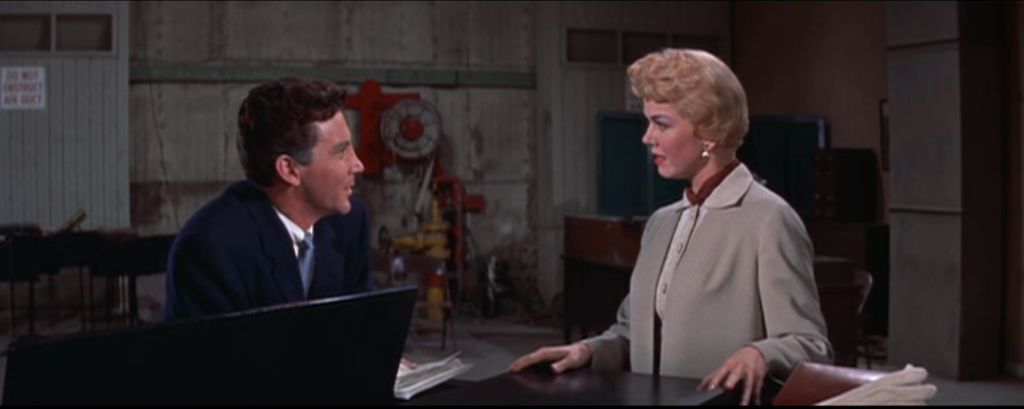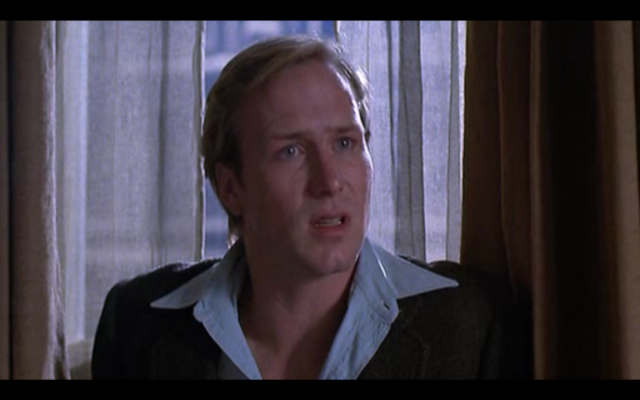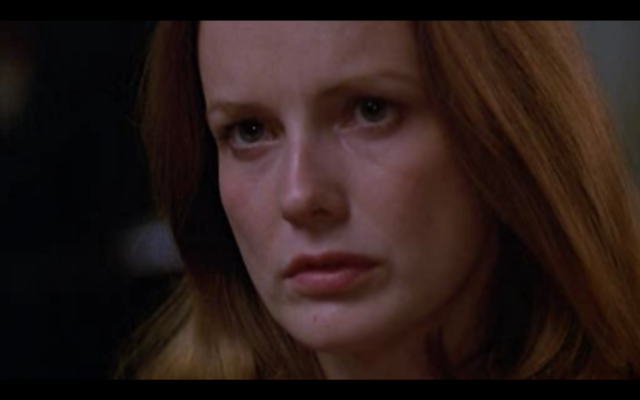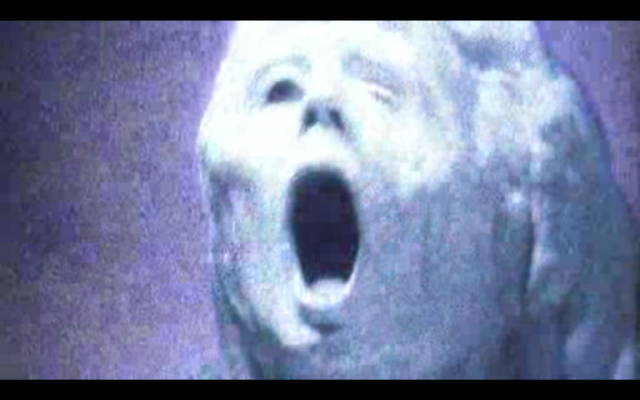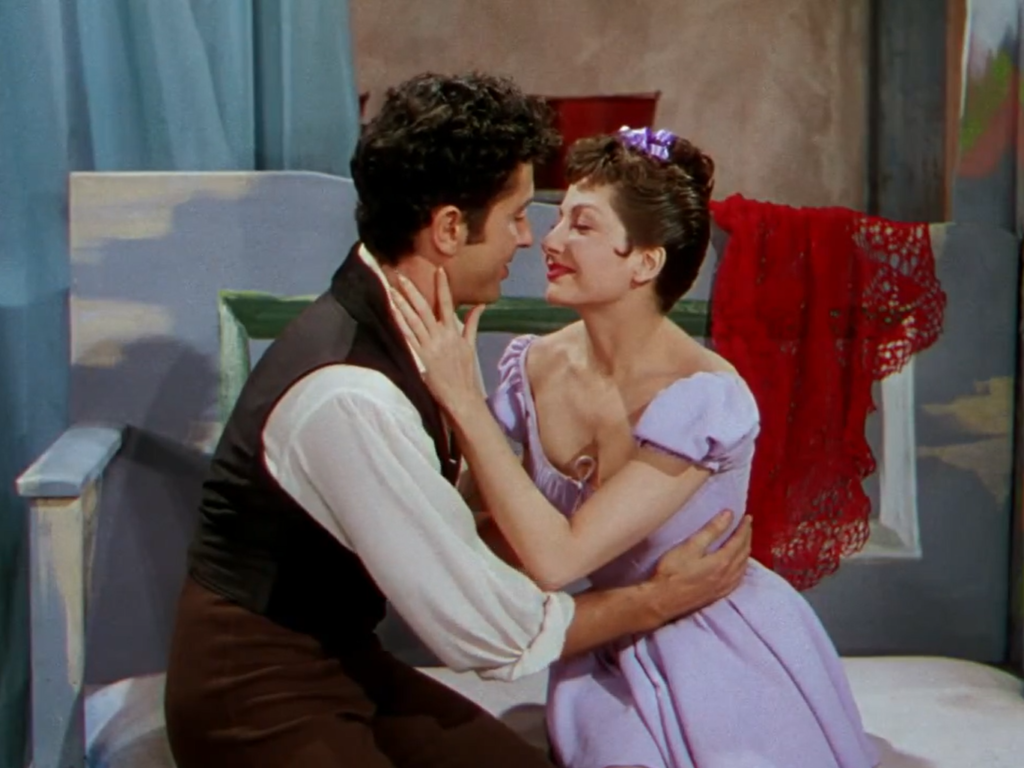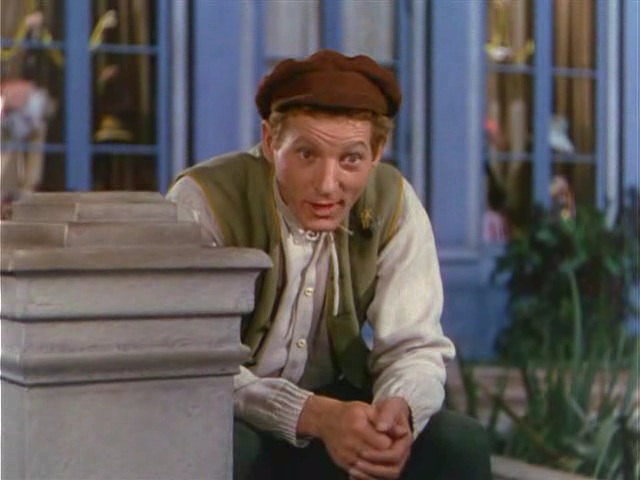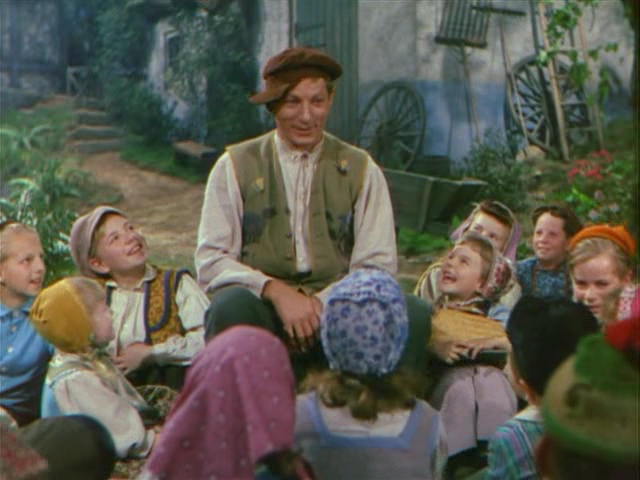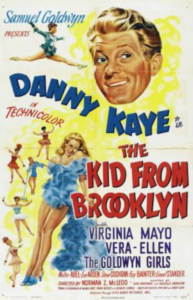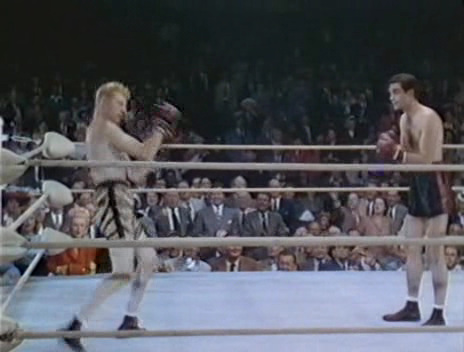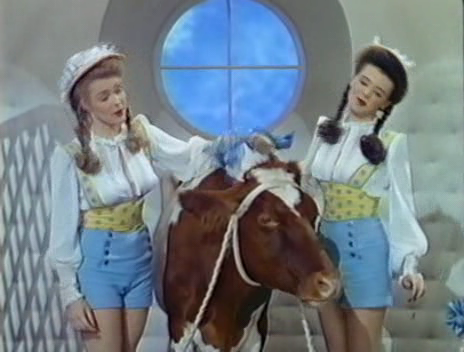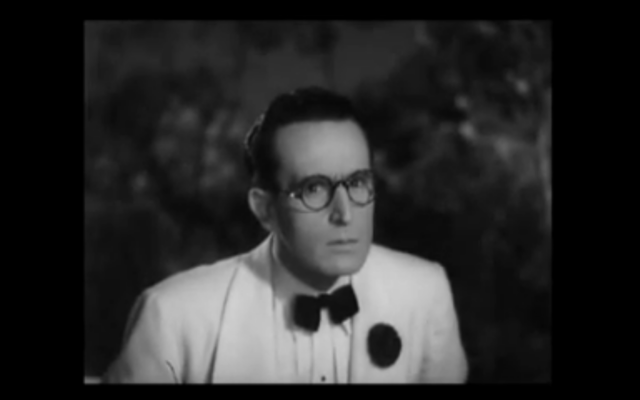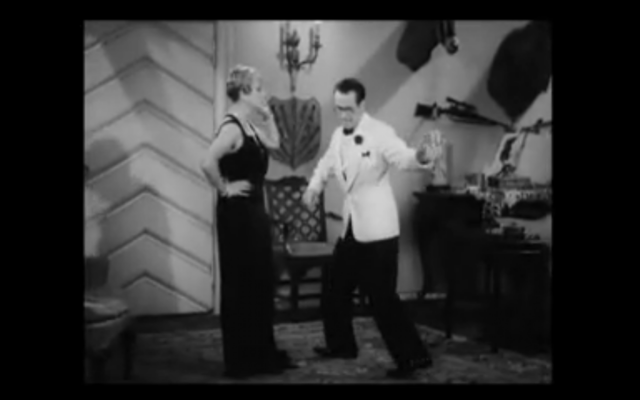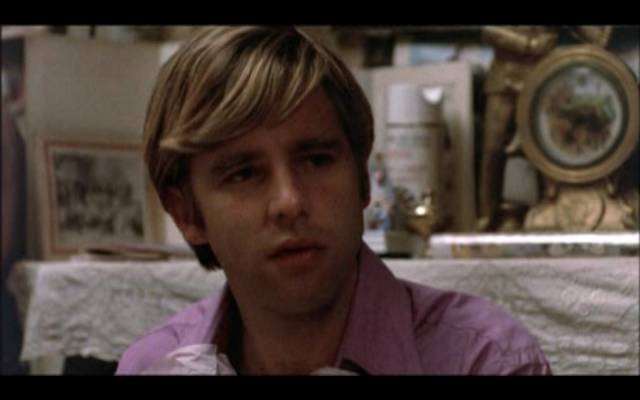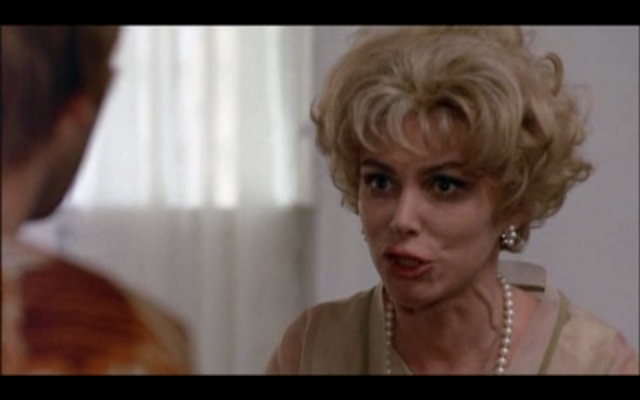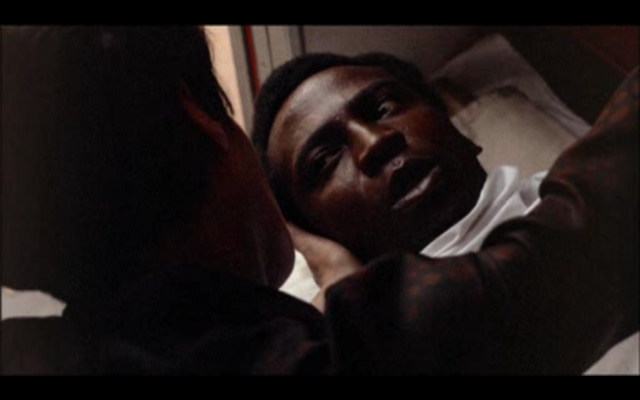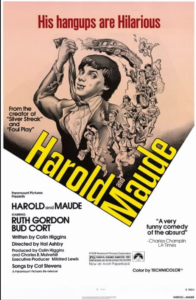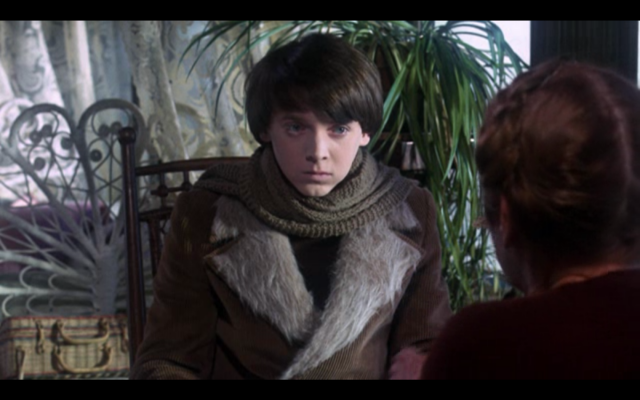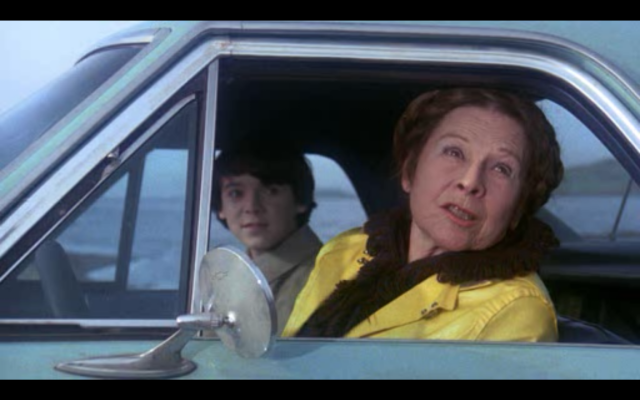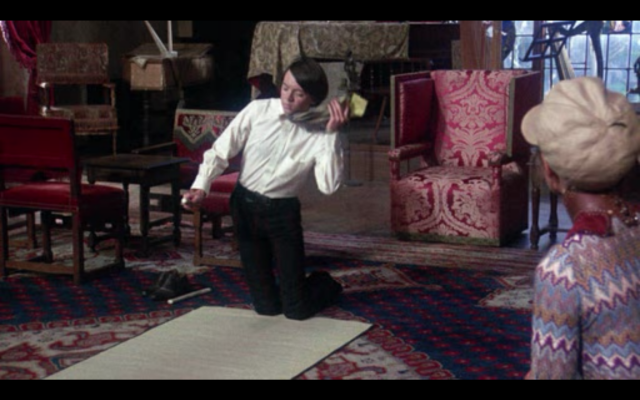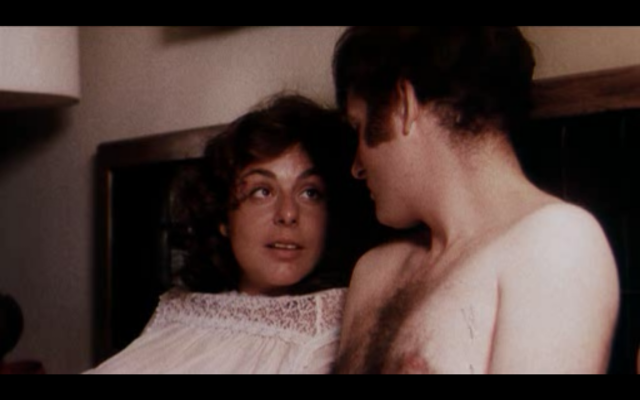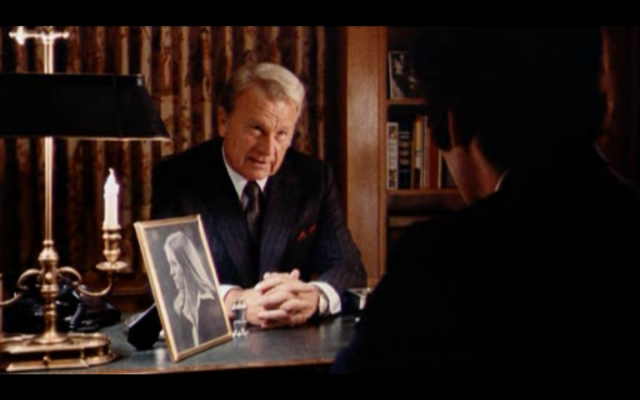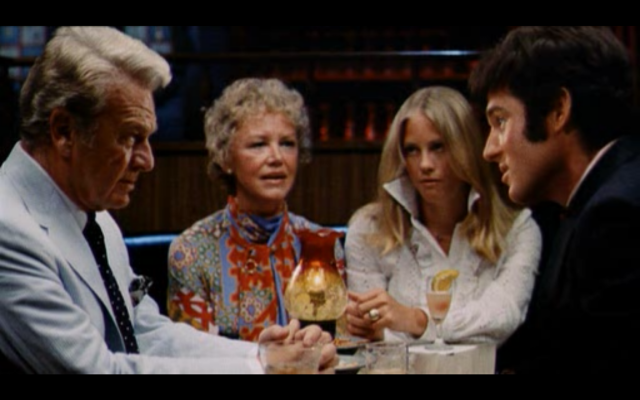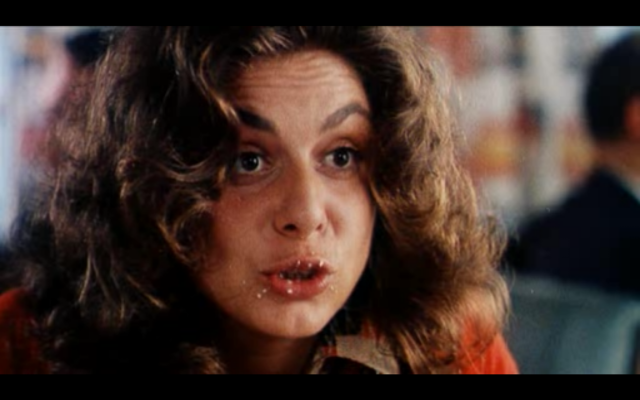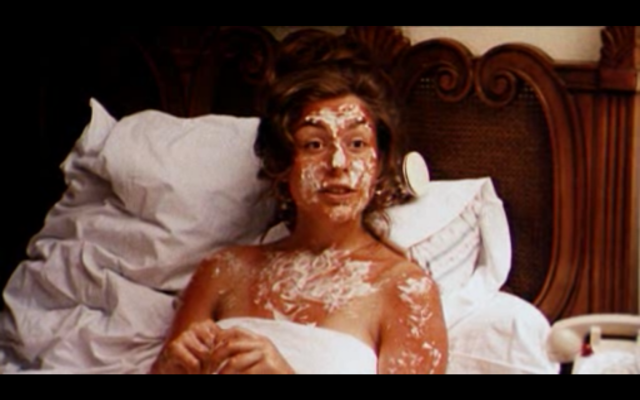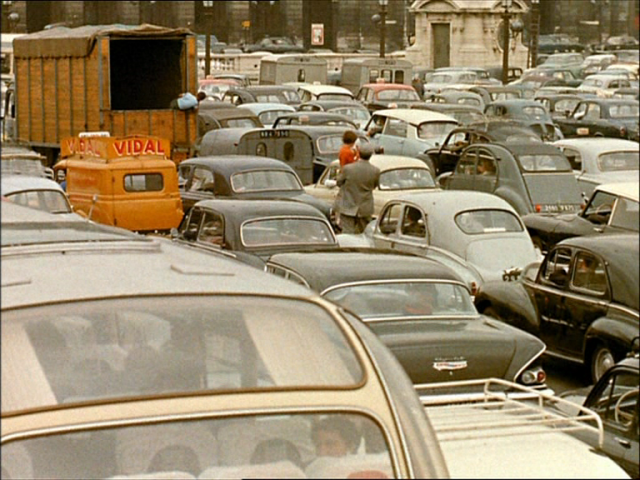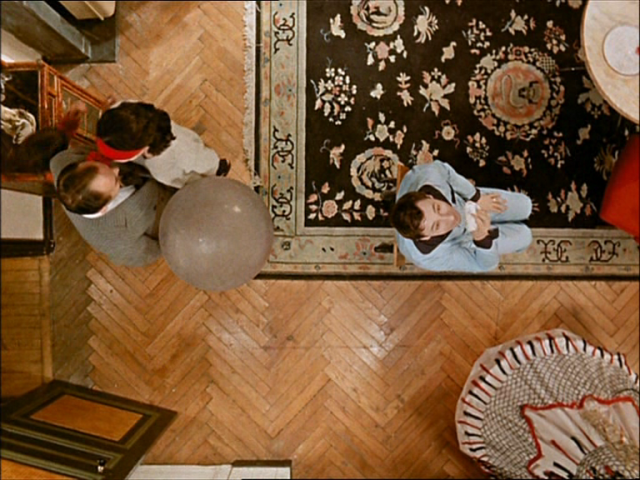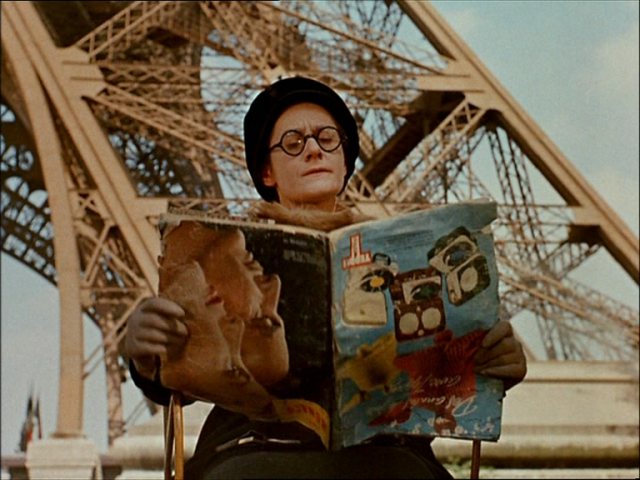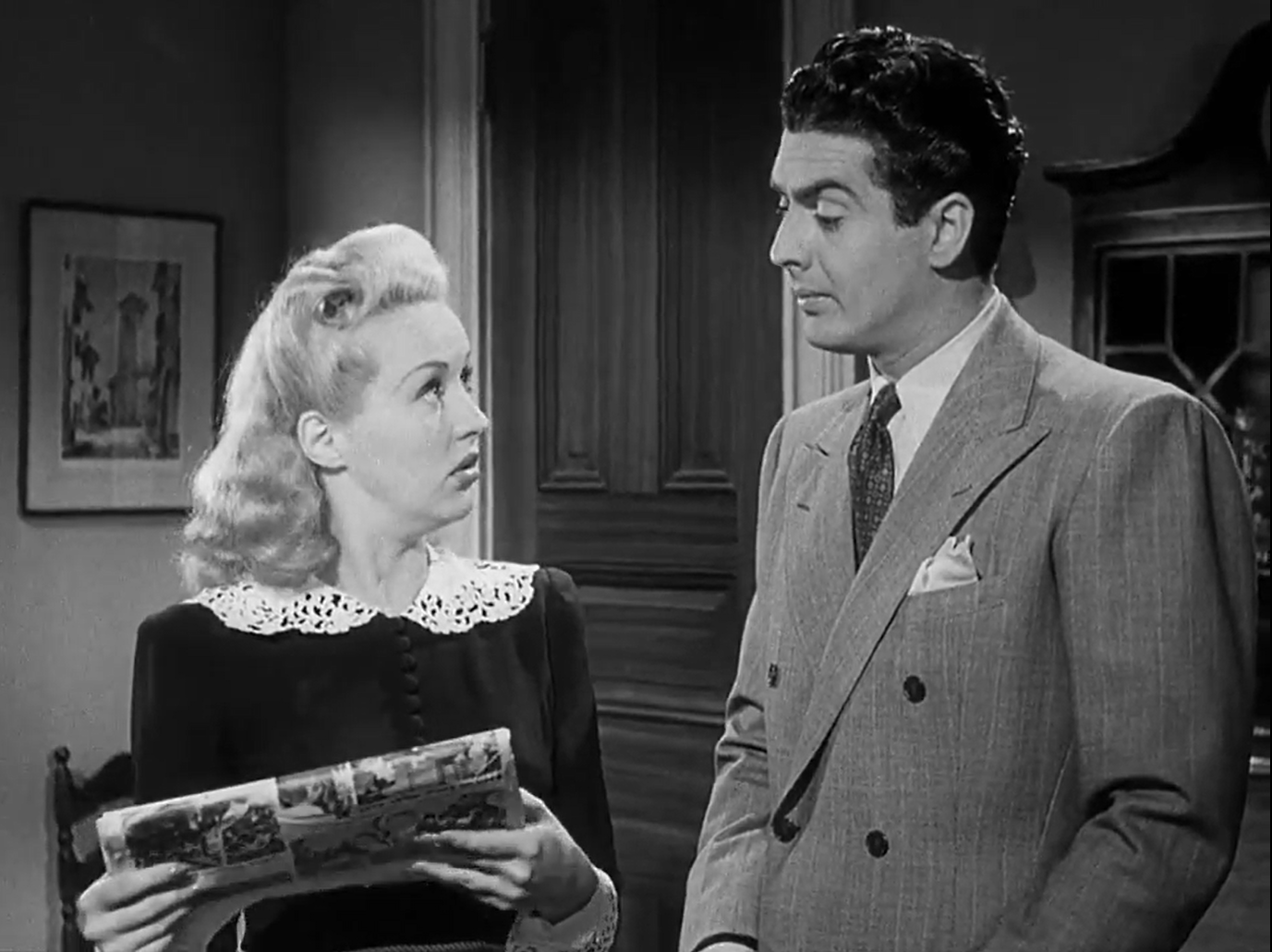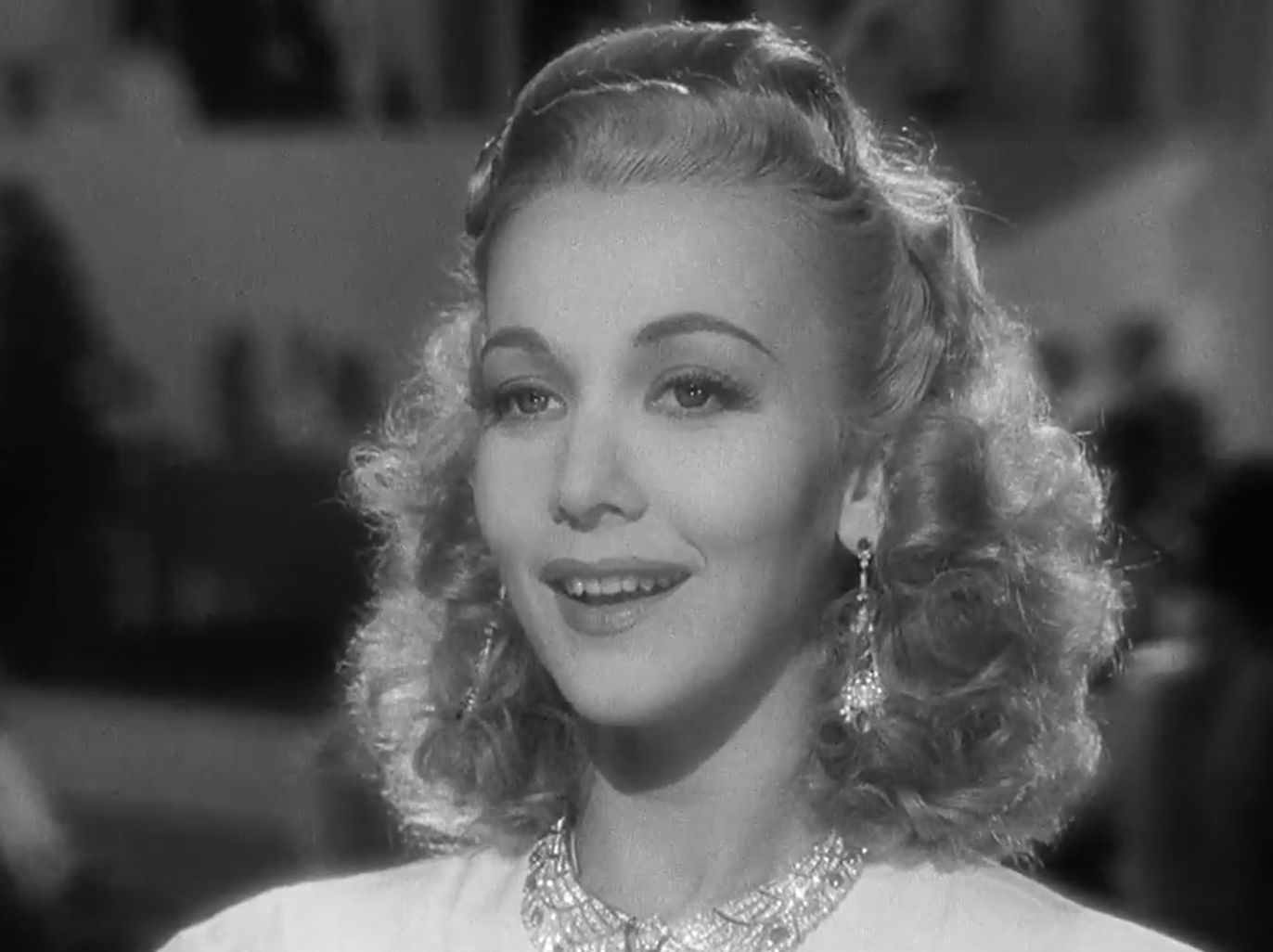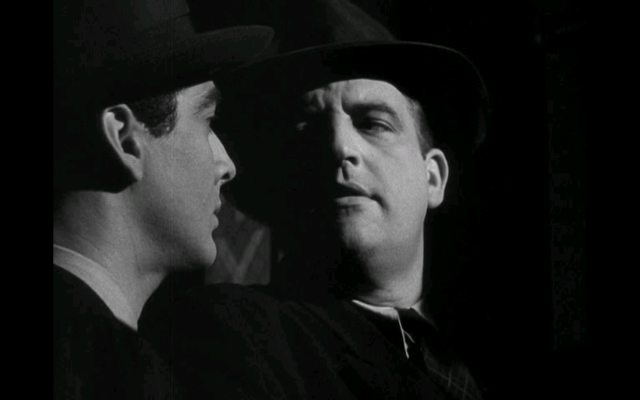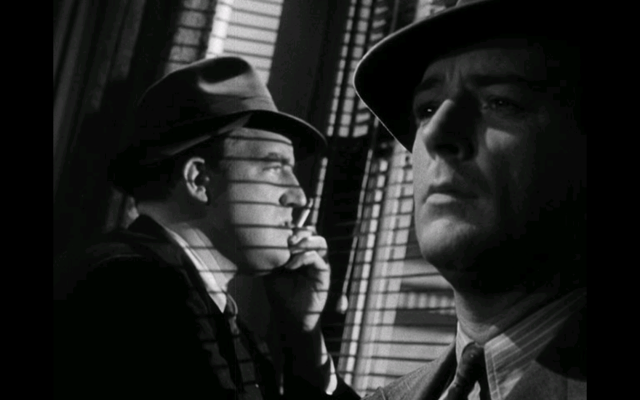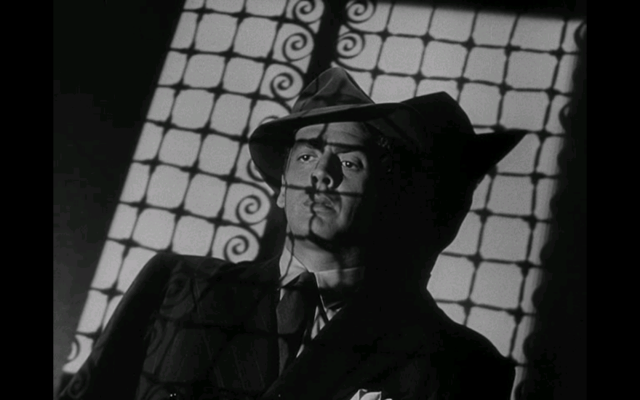Love Me Or Leave Me (1955)
“I’ve had enough! It’s up to here for me. From now on, I’m number one!”
|
Synopsis: |
|
Genres, Themes, Actors, and Directors:
Review: The screenplay manages to nicely sidestep the issue of whether Etting slept with Snyder during the early, pre-marriage phase of their relationship together (which she surely must have) — instead implying that Snyder eventually raped her and “forced” her into an unhappy marriage. To that end, it’s frustrating to view Etting portrayed in such a uniformly righteous light — and fascinating to know how upset many of Day’s fans nonetheless were at her for deviating so noticeably from her more traditional “good girl” roles. Given the limitations of their characters as dictated by the screenplay, however, Day and Cagney work wonders with their roles, and share a number of hard-hitting scenes together. Cagney turns in an especially powerful performance as a “gimpy” gangster accustomed to getting his way at every turn, while Day effectively taps into Etting’s emotional core as she struggles to stay loyal to the man she knows she owes her career to despite feeling more and more disgusted by him. Meanwhile, Cameron Mitchell is nicely cast (against type) as Etting’s enduring love interest, waiting patiently behind the wings. Most importantly, however, Day fans will enjoy her fine renditions of a number of Etting’s most noteworthy songs — including “I’ll Never Stop Loving You”, “Shaking the Blues Away”, and the title song. Note: Check out TCM’s trivia page for the film, which includes a number of interesting tidbits — including the fact that Cagney accepted second billing for the first time since achieving stardom in the 1930s, given his acknowledgment that “Day’s character was more central to the film’s plot”. Redeeming Qualities and Moments: Must See? Categories
Links: |
